Lake Toplitz in Austria is an odd place. It is located in the Totes Gebirge (Dead Mountains) about forty miles southeast of the city of Salzburg, and is inaccessible and frozen over for around five months of the year. Some people believe that Nazi gold was hidden in the lake at the end of World War II.
There have been a number of deaths of people who have sought this sunken treasure, leading to speculation that someone, or something, still guards it.
The lake is 2,500 feet above sea level and located in a narrow, steep sided valley covered in dense forest. It can only be accessed via a mile-long private dirt track.
Toplitz is just over one mile long and varies in width between 500 and 1,300 feet. In some places, it is over 300 feet deep.
However, only the upper 60 feet of the lake water is fresh – below this level the water is very salty and contains almost no oxygen. This means that fish and other marine life cannot exist in the deeper areas of the lake, and anything that falls into the water and sinks below this level does not rot or decompose.
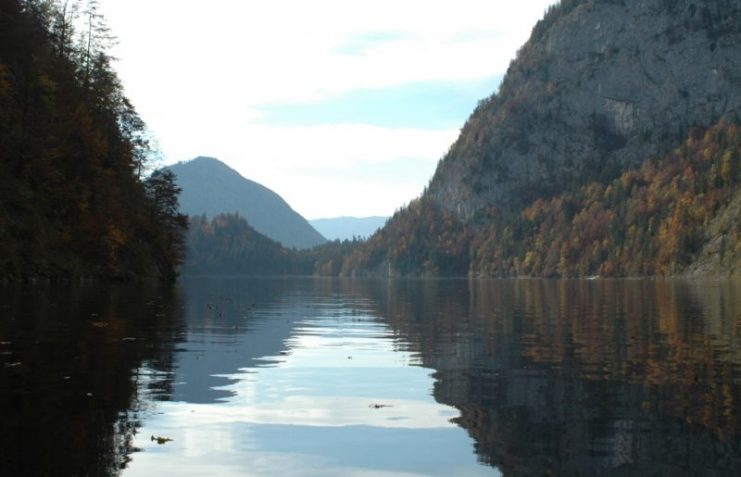
Over the years, trees and branches from the surrounding hillsides have fallen into the lake, and now form an almost impenetrable barrier which floats around sixty feet below the surface. This makes diving in the lake extremely dangerous.
During 1944-1945, the German Navy established a small testing station on the shores of the lake. Torpedoes and other weapons were tested there. However, it wasn’t until after the end of the war that the lake gained a more sinister reputation.
Nearby banks were more than a little surprised when locals began attempting to exchange British banknotes. When questioned, they admitted that these had been discovered washed up on the shores of Lake Toplitz.
Investigations showed the banknotes to be high quality forgeries produced during Operation Bernhard, a Nazi attempt to destabilize Great Britain’s economy by flooding the country with forged banknotes. The operation never went ahead, but it seemed that at least some of the forged banknotes had somehow found their way to Lake Toplitz.
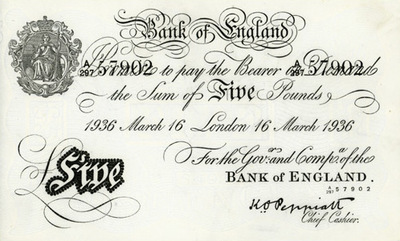
That led people wonder just what else might be sunk at the bottom of the lake. In late January 1945, Hitler had ordered the German Finance Minister, Ludwig von Krosigk, to move the gold reserves of the Reichsbank and other valuable items to a place of safety.
This was reputed to include not just gold and platinum bullion, but also jewelry, art treasures, banknotes from various countries, and share certificates.
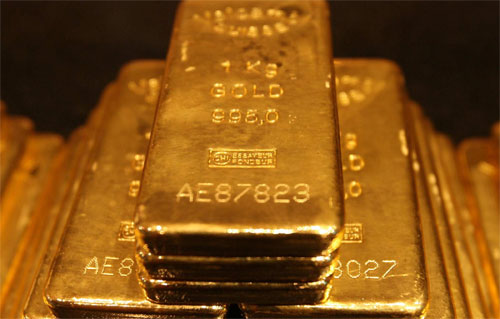
The first deaths seemingly associated with the Lake Toplitz area occurred in February 1946 when two climbers, Helmut Mayer and Ludwig Pichler, pitched a tent on the shores of the lake. They apparently intended to climb Mount Rauchfang above the lake, but the bodies of both men were discovered in a snow hut on the mountain around a month later.
Both had been murdered. It was later discovered that the men had previously worked at the naval testing station at the lake.The Allies had been searching for the missing Nazi treasure since the end of the war, and some began to wonder whether at least part of it had been hidden in Lake Toplitz.
Interviews with local people provided a story about a convoy of trucks, guarded by heavily armed SS troops, which had made its way to the lake in early 1945.
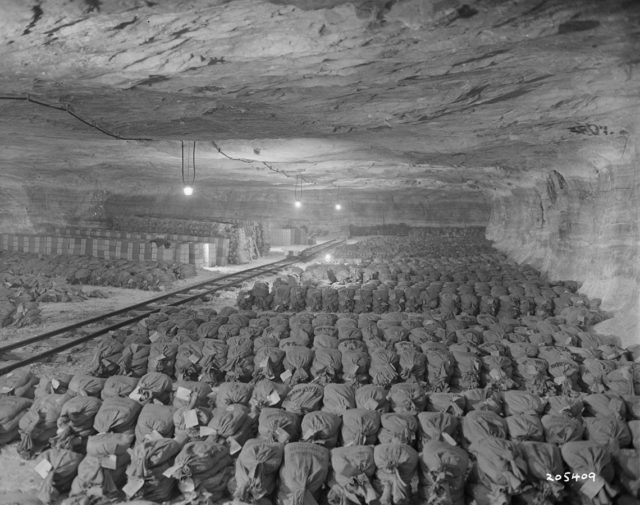
In 1947, a team of US Navy divers was sent to the lake, but the difficult and dangerous conditions made it impossible for them to find anything, and the attempt was abandoned when one of the divers drowned.
In 1950 a German engineer named Keller arrived at the lake to do some climbing. He engaged a local climbing guide, Gert Gerens, but Gerens died in a climbing accident soon after. When Gerens’ family investigated, they discovered that Keller too had worked during the war in the testing station at Toplitz.
In the summer of 1952 the body of a visiting French geography teacher, Jean de Soz, was found close to the shore of the lake where he had been camping. There were signs of digging, though nothing was found.
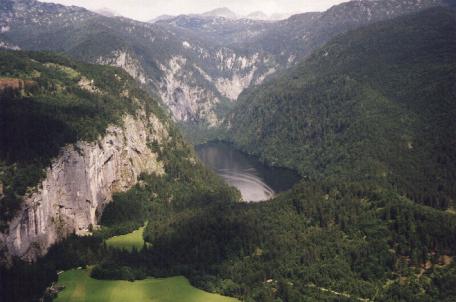
While investigating the death of the Frenchman, Austrian police also discovered two other bodies on the opposite shore of the lake. Both had been shot in the head, and neither was ever identified.
In 1959 the West German Magazine Der Stern funded an expedition to search Lake Toplitz. A team of divers spent almost five weeks at the lake and recovered fifteen metal and wood boxes which were found to contain millions of pounds’ worth of forged British banknotes.
They also recovered documents from the Reich Main Security Office, which had been under the control of Heinrich Himmler during WWII, and the plates and printing press used to make the banknotes. It was rumored that the divers had seen many other boxes, but had been instructed to leave them in-situ.
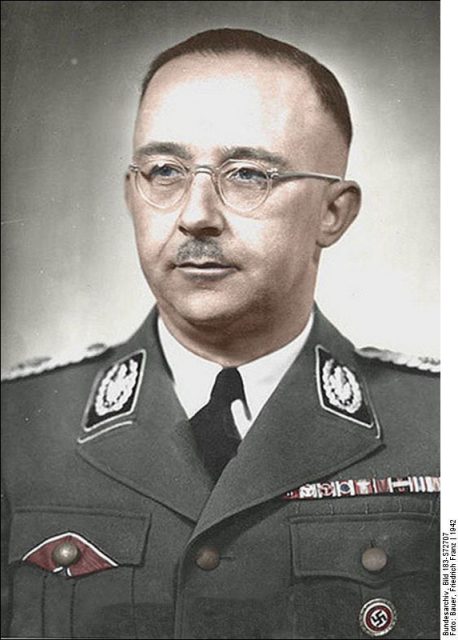
The story in Der Stern attracted a great deal of interest in Lake Toplitz, and a number of people came to the lake hoping to find the rumored treasure. In the summer of 1963 a party of three West Germans came to the lake, but one of them drowned while diving. Later the same year, members of an Austrian dive expedition claimed to have found the wreckage of a German military aircraft in the lake.
Then, in October 1963, a young West German tourist, Alfred Egner, drowned while diving in the lake. The Austrian authorities then banned all diving in Lake Toplitz.
In 1983 a German biologist, Professor Hans Fricke, was given permission to dive at the lake. His intention was to study the flora and fauna there and he brought with him a small diving capsule named “Geo”–the expedition was funded by a German magazine of the same name.
However, when Fricke used the capsule to penetrate the layer of tangled trees, he found the lake bed littered with military debris: parts of torpedoes, the remains of a seaplane, and even prototype rockets designed to be launched from U-boats. He also found a large ball of forged English banknotes, which he recovered, and he noted that there were a number of other boxes which he left in place.
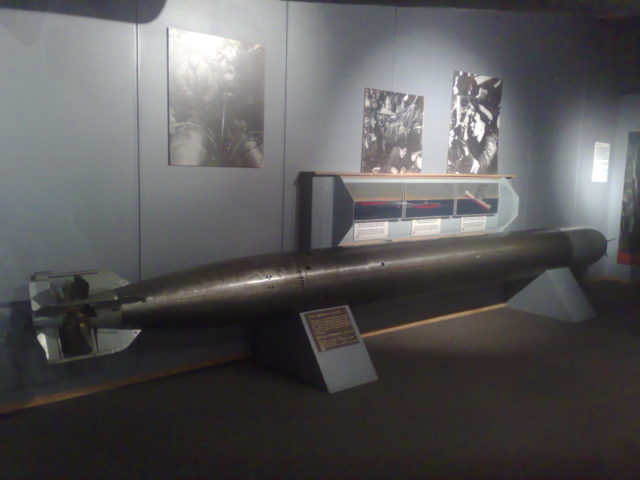
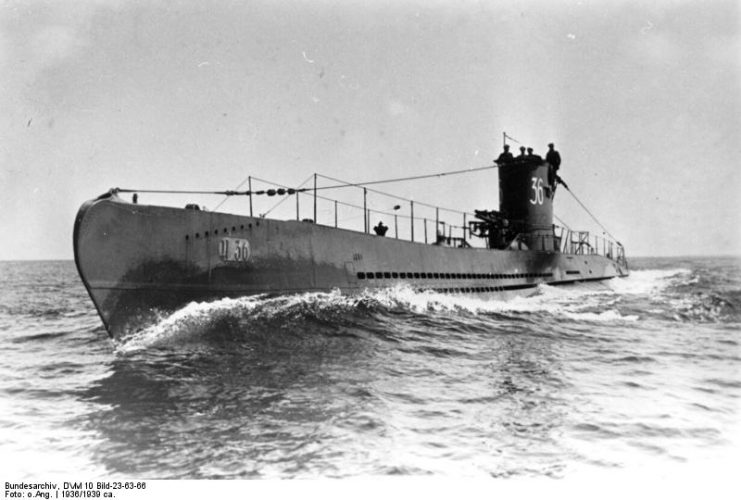
Fricke returned for the following three years and on one visit took photographs of a box on the lake floor which showed Russian script. This led to speculation that the boxes in the lake may contain treasure plundered from the Soviet Union, perhaps even the fabled Amber Room, though this has never been confirmed.
In 2000, the American television network CBS jointly funded an expedition to Toplitz with Oceaneering Technologies, the company which was able to retrieve artifacts from the Titanic. The expedition was supported by the Simon Wiesenthal Center in Los Angeles, which hoped that items stolen from Jewish victims of the Nazis, or records relating to them, might be recovered.
The expedition spent the summers of 2000 and 2001 at the lake with WASP, a mini-submarine capable of remaining underwater for up to 72 hours. What they found remains a matter of dispute.
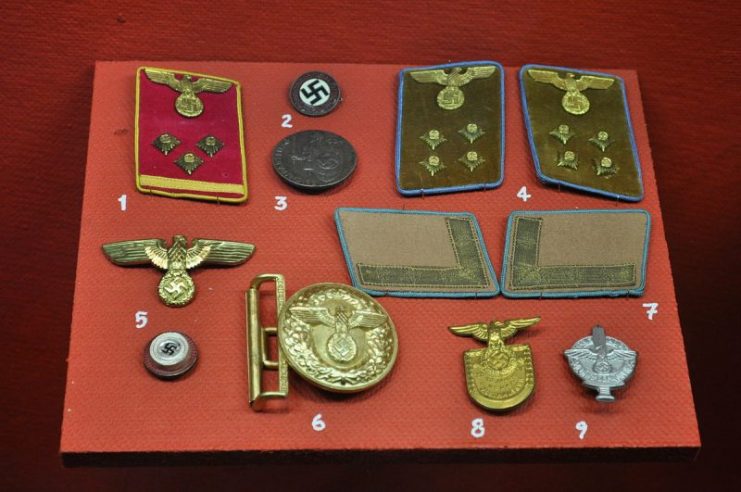
Officially, the two CBS-funded expeditions found nothing more dramatic than more forged British banknotes and a single box which proved to be filled with the tops from beer bottles and a note which read “Sorry, not this time” – apparently placed in the lake by a practical joker. However, some spectators at the lake reported that several galvanized boxes were lifted from the water and loaded into armored trucks under police supervision.
In 2005 it was announced that Bundesforste AG, the Austrian State company which controls the lake, had signed a three-year agreement with Global Explorations, an American company founded by treasure hunter Norman Scott.
Scott gave an interview to the Swiss magazine Facts in which he noted: “Until now nobody has explored the lake using hi-tech equipment. We will be the first people to go to the right spot.” Information about just what this expedition did or didn’t find is scant, but it is generally believed that they didn’t recover anything of value from the lake.
Although diving in Lake Toplitz is now illegal, that doesn’t stop treasure hunters from flocking there each summer. The Austrian police report that an average of ten divers are arrested at the lake each year. However, most people believe that anything of value which was placed on the lake bed in 1945 has long since been removed.
Was there ever Nazi treasure in the lake? The presence of the forged banknotes implies that the Nazis really did use this location to dump valuable items, and well-attested local accounts of SS activity at the lake during the closing stages of the war support this idea. But no one has (officially) found any treasure here.
There are two final, tantalizing clues that may be significant. In 2001 a Dutch tourist found what appeared to be a medal in shallow water in Lake Altauseer, less than three miles from Lake Toplitz.
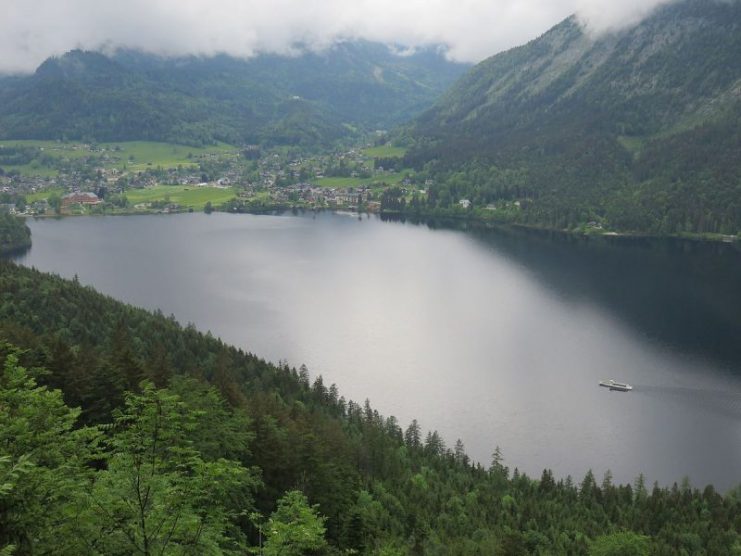
On examination, this proved to be the personal seal of Ernst Kaltenbrunner, a senior member of the SS who has long been associated with the concealment of stolen Nazi treasure. Kaltenbrunner was executed in 1946. The finding of his seal so close to Lake Toplitz has increased speculation that the lake may have been used to hide stolen valuables.
During one of Professor Hans Fricke’s expeditions in 1985, cameras picked up what appeared to be the entrance to an underwater bunker, but this was never explored. In the 1990s, the remains of an above-ground bunker were found less than 200 feet from the lake shore. The interior tunnel had collapsed or perhaps had been destroyed deliberately at the end of the war.
Read another story from us: Finders Keepers? Not Anymore – Court Rules France Owns Sunken Treasure
Austrian police were said to have interviewed a local man who had helped soldiers load a large number of boxes into a cavern accessed through this bunker. There has been no official attempt to excavate or explore this ruined bunker.
Lake Toplitz remains a strange and forbidding place. A number of people have died, some mysteriously, while attempting to explore it. No one is certain whether the lake ever contained Nazi treasure, or if it existed, whether it is still there. This is one mystery which seems likely to persist for a very long time.
